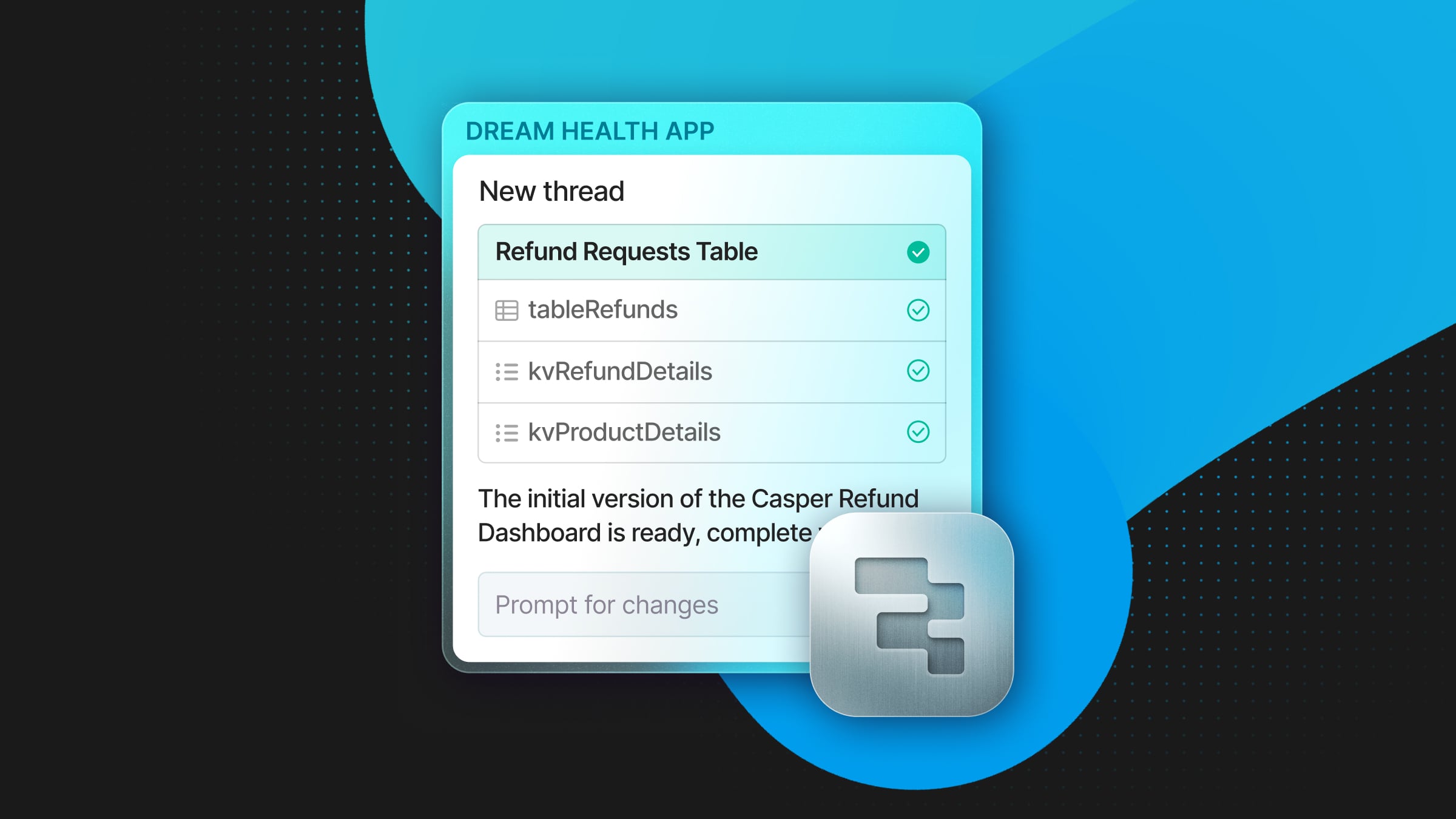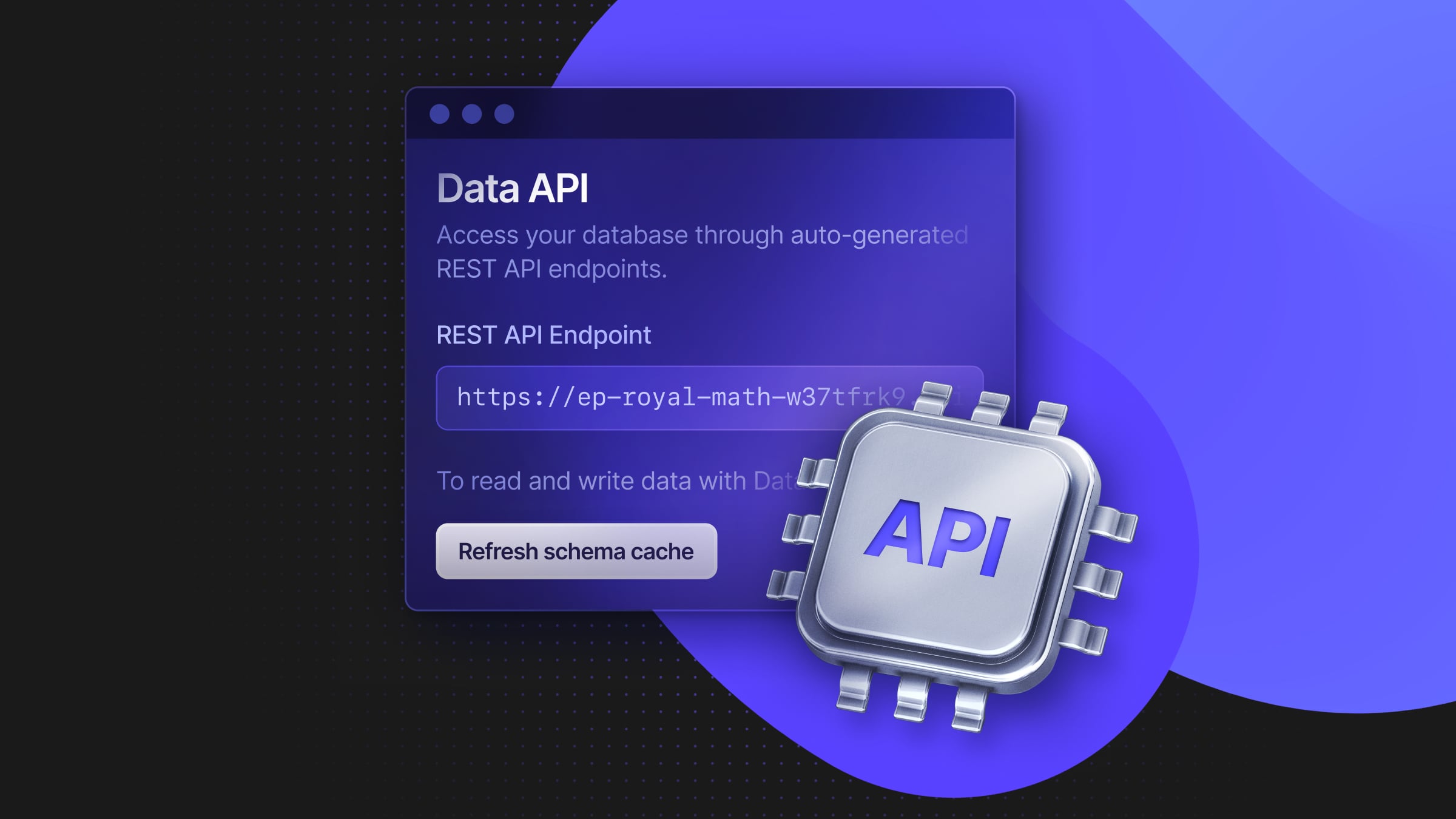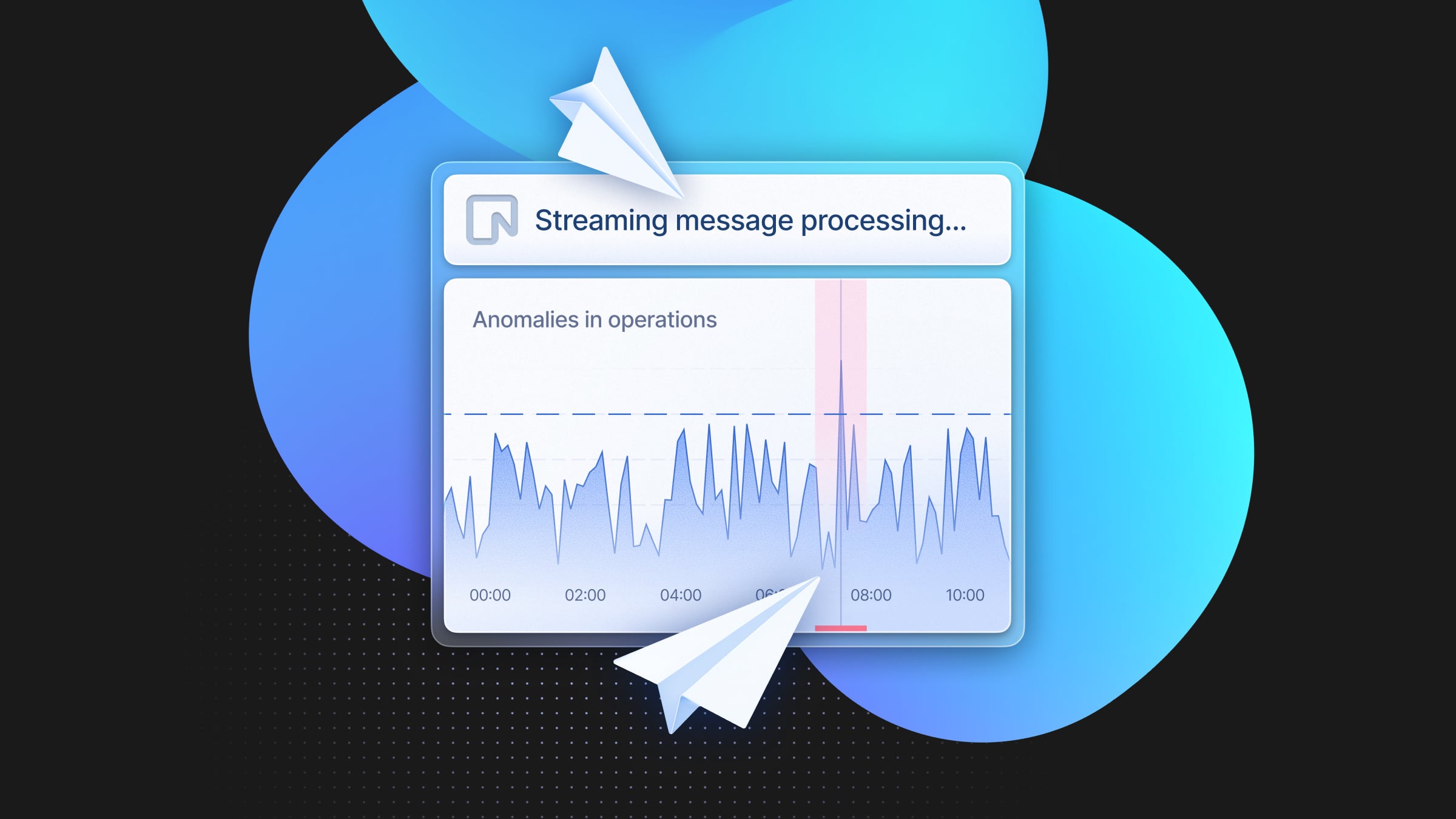Apply to our Agents Program
Dyad is a local-first, open-source AI coding assistant that helps you build and iterate on web apps from your own machine. You can chat with Dyad to scaffold code, review changes, or debug issues all inside your editor. Unlike most cloud-based tools, Dyad runs locally, supports any LLM (including GPT, Claude, and Gemini), and even lets you plug in open weights via Ollama.
Just Launched: Dyad’s Portal Template, Backed by Neon
In its latest release (v0.16.0-beta.1), Dyad introduced a new Portal template – a full-stack app scaffold that ships with role-based permissions, a real database schema, and built-in undo support for database changes.
🚀 Dyad v0.16.0 Beta is here! Introducing the Portal template—our most powerful template yet for building business apps with advanced user roles & permissions.
— Dyad ✨ local vibe coding tool (@dyad_sh) August 5, 2025
Powered by @neondatabase (with database undo!) and @payloadcms for prebuilt admin panels.
Building apps with AI… pic.twitter.com/7ZgW22KjXp
At the core of it is Postgres, powered by Neon. With Neon’s serverless Postgres as the backend, AI-generated apps in Dyad now support persistent state without the user needing to set up any infrastructure. The Portal template is already live in Dyad’s UI – you can spin up a working app, with Neon Postgres under the hood, and start coding against it immediately.
Using Neon Branches for Undo and Checkpoints
One of the most powerful things Dyad gains from Neon is the ability to offer a database undo feature, letting users rewind time and restore earlier states of their app, including the database.
Behind the scenes, Dyad uses Neon’s branching and Instant Restore APIs to implement this workflow. When a user creates or edits an app, Dyad writes those changes to a development branch (a child of the production branch). If something goes wrong, the user can roll back to an earlier point in time.
This architecture allows Dyad to support:
- Previewing older states (like git commits for your app + DB)
- Restoring earlier app versions, including the database schema and content
- Safe experimentation, with branching used as a form of checkpointing
Neon and agents
Try It Yourself
Dyad’s new Portal template shows what’s possible when local-first tools meet modern cloud infra. If you’re already using Dyad, the Portal template is available in the latest beta. If not, download Dyad and give it a spin!


